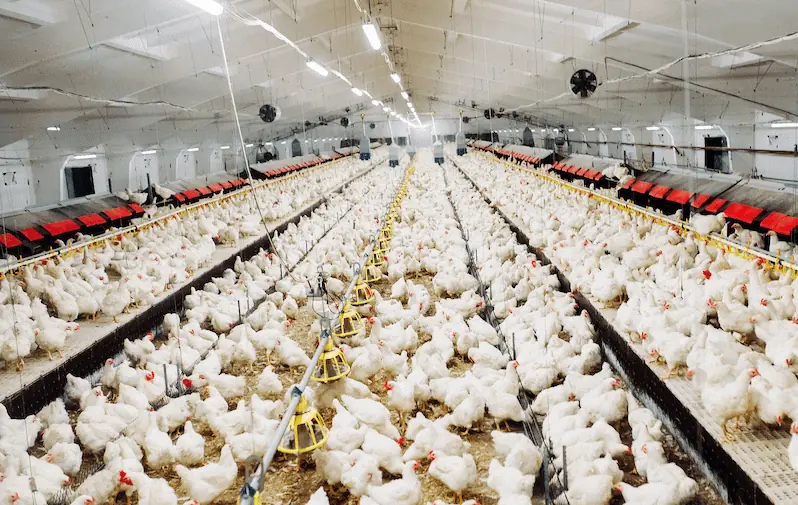
Keeping the Family Healthy
Physical Health
Physical health is essential for overall well-being, and there are many ways families can work together to improve it. Here are some activities you can do together to promote physical health:
Exercise
Exercise is one of the most effective ways to improve physical health. It can help lower the risk of many diseases, including obesity, heart disease, and diabetes. Exercise also releases endorphins, which can boost mood and reduce stress.
As a family, you can do physical activities like walking, hiking, biking, swimming, or playing sports together. Not only does this promote physical health, but it also gives you an opportunity to spend time together and strengthen your bond as a family.
Healthy Eating
Healthy eating is another essential component of physical health. Eating a balanced diet with plenty of fruits, vegetables, whole grains, and lean protein can help prevent chronic diseases and maintain a healthy weight.
Cooking and eating healthy meals together as a family is a great way to encourage healthy eating habits. Get everyone involved in meal planning and preparation, and try new recipes together. This can help make healthy eating more enjoyable and less intimidating for everyone.
Sleep Hygiene
Sleep is crucial for physical health, as it allows the body to rest and repair itself. Lack of sleep can lead to many health problems, including obesity, heart disease, and depression.
Make sure everyone in the family gets enough sleep and has set times for going to bed and getting up. Avoid electronic devices before bedtime, as the blue light they emit can interfere with sleep. Encourage good sleep habits like reading a book, taking a warm bath, or doing relaxation exercises before bed.
Emotional Health
In addition to physical health, emotional health is also essential for overall well-being. Here are some activities you can do together as a family to promote emotional health:
Mindfulness and Relaxation
Mindfulness and relaxation techniques can help reduce stress and improve emotional well-being. Activities like deep breathing, yoga, or meditation can help everyone in the family feel more calm and centered.
Try doing these activities together as a family, either in the morning to start the day off right or in the evening to wind down before bed. Make it a regular part of your routine to help reduce stress and promote emotional health.
Hobbies and Interests
Encouraging everyone in the family to pursue their hobbies and interests is another way to promote emotional well-being. Doing what we love can bring us joy and a sense of accomplishment, which can help boost mood and reduce stress.
Try doing these activities together as a family, whether it’s playing board games, crafting, or going to concerts or museums. This can help everyone feel more connected and happy.
Volunteering and Community Service
Getting involved in the community and doing volunteer work can also help improve emotional well-being. Volunteering can give us a sense of purpose and fulfillment, and it can also help us connect with others and build stronger relationships.
Look for opportunities to do volunteer work or community service projects as a family. This can be anything from cleaning up a park to serving meals at a homeless shelter. Not only will you be doing good for others but also keeping yourself healthy!
Conclusion
In conclusion, there are many activities and tips that families can do together to promote physical and emotional health. Exercise, healthy eating, good sleep habits, mindfulness and relaxation, hobbies and interests, and community involvement are all great ways to keep your family healthy and happy.
Remember to tailor these activities to the needs and interests of each family member, and make them a regular part of your family’s life. By prioritizing your family’s health and well-being, you can strengthen your bond and create lasting memories together. So why not start today and make family wellness a priority in your household?









